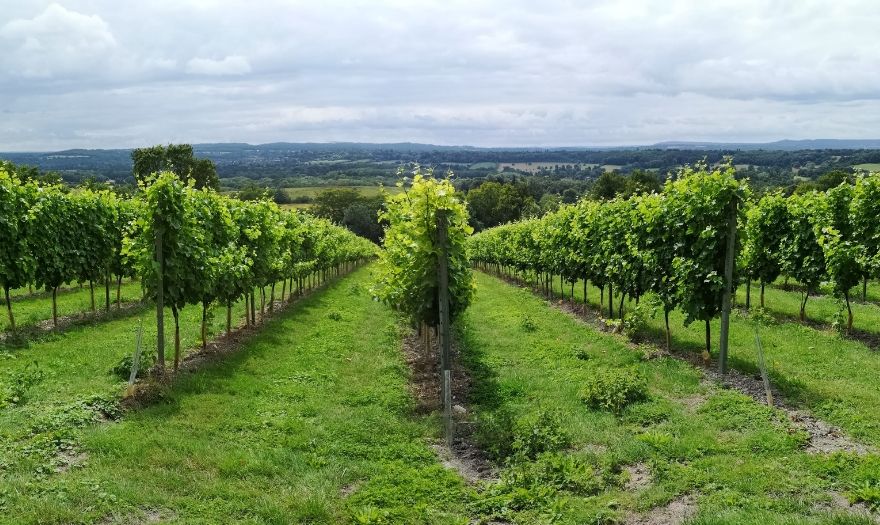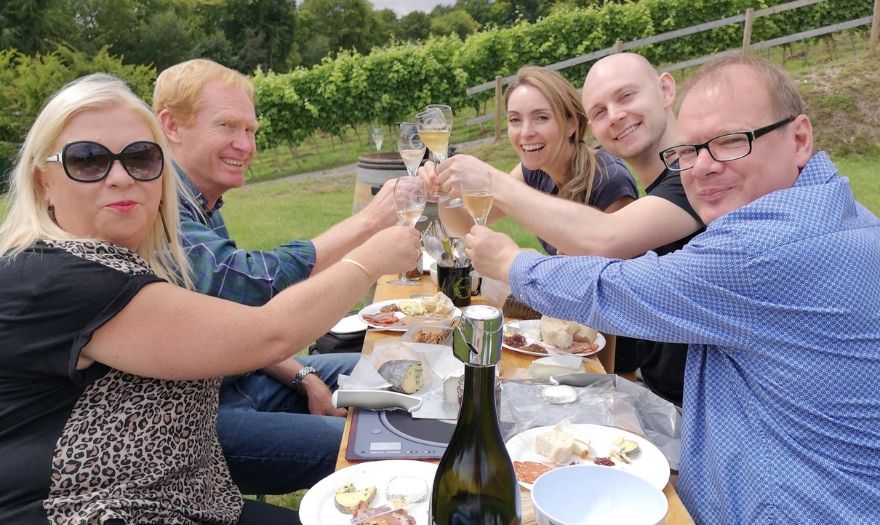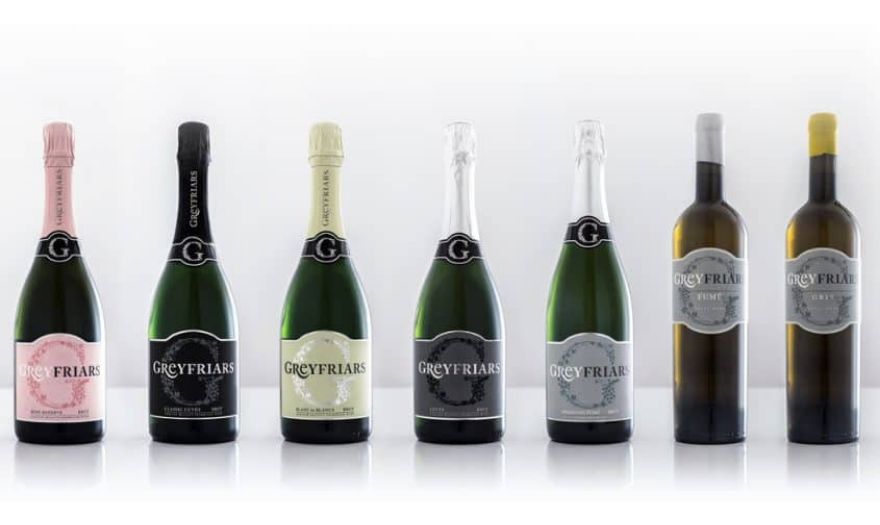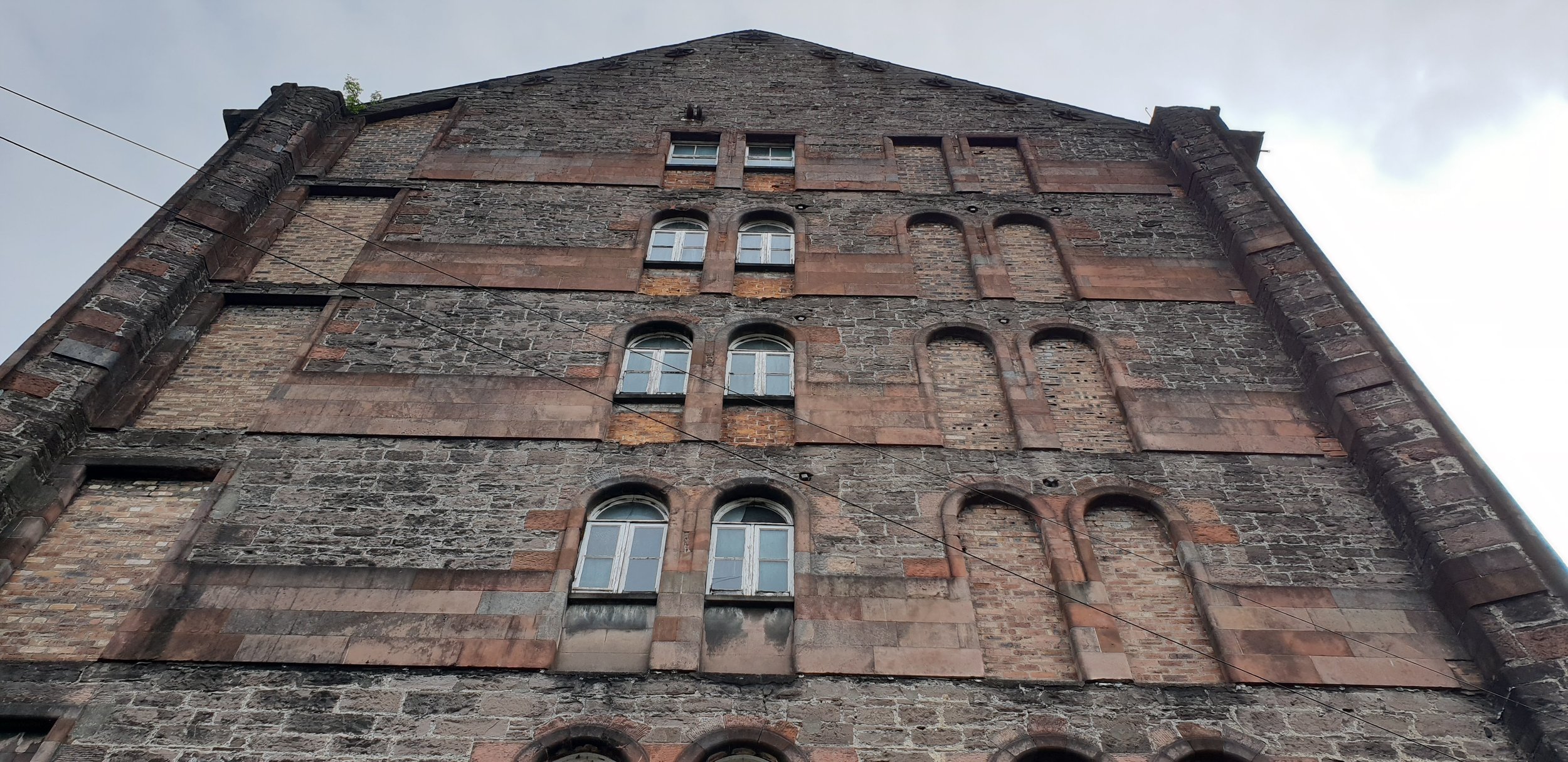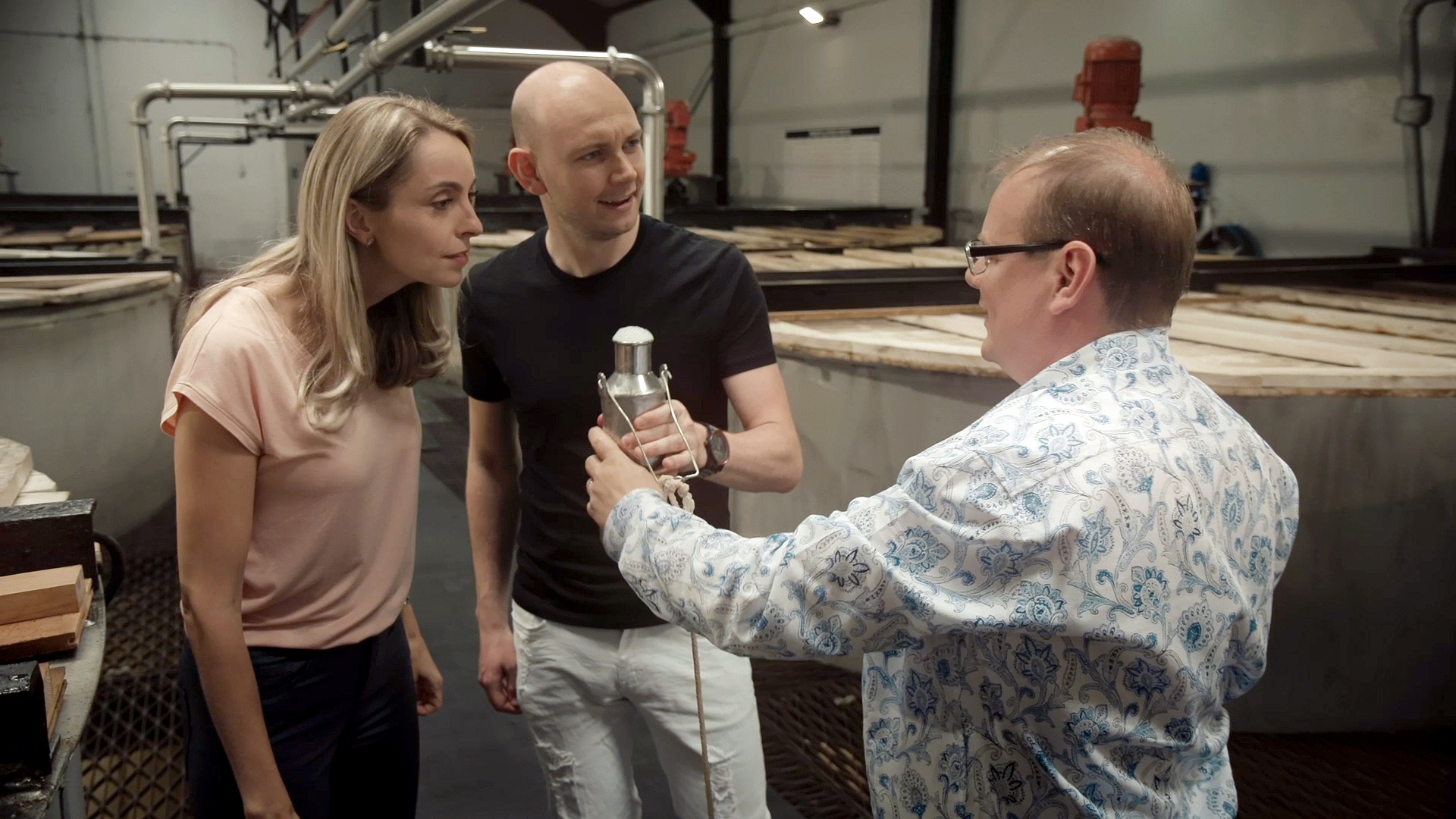Words by Helena Nicklin
** NEWS **
Small Beer are offering 6 month subscription packs for the festive season. Running from December until May, you’ll get a gift pack to put under the tree, followed by a 6 pack of their beers each month together with a brilliant tasting video. Finally, in May, you can pick your favourite and get a 5L keg of the good stuff! You can buy the subscription until the 20th Dec only, so get on it!
In the unassuming back streets of Bermondsey, South East London, an industrial estate is home to a tiny company that’s making big waves across the London drinks scene and beyond. It’s called the Small Beer Brew Co. These guys have found a much-needed niche in the brewing industry and are absolutely nailing it with their premium products and quirky packaging. Here are four reasons why you need to get to know Small Beer even if you don’t really drink beer. Yet…
1) Low ABV, High Flavour
“We wanted to create something with world class taste, but a sociable ABV.” Felix James, co-founder.
Small Beer founders Felix James and James Grundy created their own beer brand from scratch after searching in vain for truly delicious, well-made beer under 3% ABV (they would snatch precious minutes from their busy jobs to catch up with a beer before getting back to an afternoon of work). Everything they found was either too strong or too thin, with that cardboard, boggy flavour that gives away a low or no alcohol beer. There was literally no one making what they wanted: refreshing, aromatic, flavoursome beers well under 3% ABV that tasted like they were 5%. There was still work to be done in the afternoon; they didn’t want to reek of booze after a couple of pints after work; they wanted to remember - and enjoy - evening events without feeling like they were missing out on the epicurean, sociable side. So, they quit their jobs at a well-known distillery where they had met and began building their brand. Small Beer Brew Co. now produces four labels representing key beer styles, all of them aromatic and rich in flavour with an unctuous mouthfeel that belies the low alcohol level:
Lager (2.1%): Pale yellow, floral, crisp and citrussy. A classic pilsner style.
Steam (2.7%): Amber in colour, dark fruited and hoppy with notes of liquorice.
Session Pale (2.5%): Vibrant ‘session’ pale ale with tropical, pineapple notes but a super-dry finish. New!
Dark Lager (1%): Dark, malty and mocha. Incredible flavour and texture for a 1% beer.
2) Small Beer is good for you!
Ok granted, we have to be careful what we say here. Everything in moderation and all that, but did you know that under 3% ABV, beer is hydrating rather than dehydrating? Above this level it becomes a diuretic. Lower alcohol also means fewer calories, which is another huge bonus. An equivalent serving of standard lager, for example, is around 180 – 200 calories. The Small Beer lager has only 79 calories and the dark larger, despite its mocha richness, has only 49.
As if we didn’t love it enough already, Felix goes on to explain to us that Small Beer is also isotonic and is packed full of minerals such as selenium, which is great for skin hair and nails. If you think about it, it’s little wonder that back in the 17-1800’s, ‘small beer’ was drunk instead of water as sanitation was so bad, water could make you sick. By the middle ages, they had realised that fermented drinks were less likely to make you ill, so everyone drank it, including children. Made to around 1% ABV at this time, it was also incredibly cheap. This is where the expression ‘small beer’ came from, meaning that something isn’t particularly important.
3) It’s authentic, small scale - and they know how to party!
Created by two friends with a simple, good idea for a product they saw the world needed, Small Beer’s home is in London, near the city and near the founders’ family and friends. It’s a modern, high quality take on a centuries-old English staple, it’s unique, looks great and it serves a fantastic purpose. Despite only having been trading for 18 months the capital has taken Small Beer to its heart and you can already see Small Beer in bottle shops, butchers and cheesemongers etc. as well as on draft in pubs around London (especially the South East, where James hand-delivers samples and personally talks through the range).
4) Did we mention that it’s all vegan?
Nuff said. Stop by for a quick tour of the brewery and a drink. If you’re lucky, there will also be an amazing pop up there, or a music or comedy gig. Felix and James have even hosted weddings on site!
5) Small Beer is sustainably made.
Last year, they became London’s first B Corp Certified sustainable brewery. Whoop! B Corps™ are leaders of a global movement of people using business as a force for good™. Well done everyone!
Seriously, check them out. The three of us just got back into beer.
You can find all their details here






